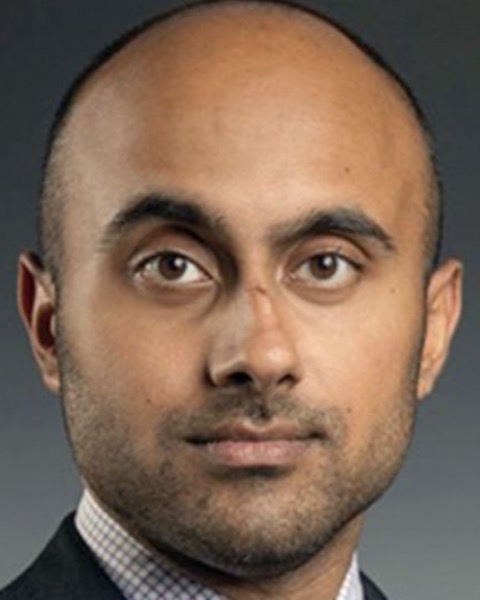Spine
Patient and Operating Room Staff Perspectives and Satisfaction with 3D-Printed Preoperative Spine Models.
Patient and Operating Room Staff Perspectives and Satisfaction with 3d-printed Preoperative Spine Models

Gautam Nayar, MD
Resident
UPMC Department of Neurosurgery
Pittsburgh, PA, US
Presenting Author(s)
Introduction: Traditional imaging is commonly used during patient visits and operating room (OR) timeouts for educational purposes. However, patients and OR staff may struggle to understand the diagnosis and procedure without extensive training, especially for complex reconstructive spine cases. A 3D-printed spine model based on a patient-specific CT scan provides a detailed physical representation of patient anatomy that can enhance a surgeon’s procedural explanations. Improving anatomic and procedural education of both staff and patients may improve confidence, understanding, procedural workflow, teamwork, and satisfaction in complex spine deformity surgery. This study evaluates the effectiveness of personalized 3D spine models in enhancing patient and staff experience.
Methods: The surgeon presented 3D spine models to patients with their conventional images during the preoperative visit. Cases were chosen for 3D printing based on their overall complexity (complex deformity correction). Patients completed a five-minute, nine-question survey about the models, focusing on topics like patient satisfaction, education, and optimism. The models were also showcased in the OR during a timeout before surgery, with all staff present, including residents, fellows, nurses, anesthesiologists, and technicians. After surgery, staff completed a five-minute, thirteen-question survey regarding how the models affected satisfaction, understanding, teamwork, and efficiency.
Results: Thus far, all three patients rated their satisfaction with the model as 5 out of 5 stars, while all eight OR staff averaged 4.88 out of 5. Patients found the model “extremely useful”, scoring it 5 out of 5 for addressing their concerns, enhancing understanding, and boosting optimism about recovery. OR staff reported high value in the model’s ability to improve case understanding (4.75), teamwork (4.75), and procedural flow and efficiency (4.63).
Conclusion : Three-dimensional spine models enhanced patient satisfaction understanding, optimism, and reduced concerns. Additionally, they improved workflow, efficiency, teamwork, and clarified the surgical plan in the OR.
Methods: The surgeon presented 3D spine models to patients with their conventional images during the preoperative visit. Cases were chosen for 3D printing based on their overall complexity (complex deformity correction). Patients completed a five-minute, nine-question survey about the models, focusing on topics like patient satisfaction, education, and optimism. The models were also showcased in the OR during a timeout before surgery, with all staff present, including residents, fellows, nurses, anesthesiologists, and technicians. After surgery, staff completed a five-minute, thirteen-question survey regarding how the models affected satisfaction, understanding, teamwork, and efficiency.
Results: Thus far, all three patients rated their satisfaction with the model as 5 out of 5 stars, while all eight OR staff averaged 4.88 out of 5. Patients found the model “extremely useful”, scoring it 5 out of 5 for addressing their concerns, enhancing understanding, and boosting optimism about recovery. OR staff reported high value in the model’s ability to improve case understanding (4.75), teamwork (4.75), and procedural flow and efficiency (4.63).
Conclusion : Three-dimensional spine models enhanced patient satisfaction understanding, optimism, and reduced concerns. Additionally, they improved workflow, efficiency, teamwork, and clarified the surgical plan in the OR.

.jpg)